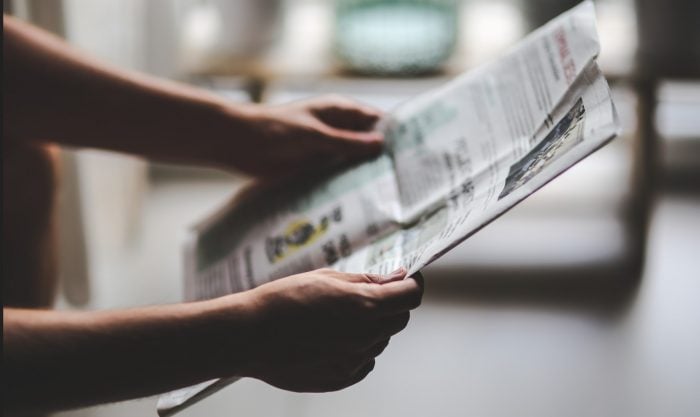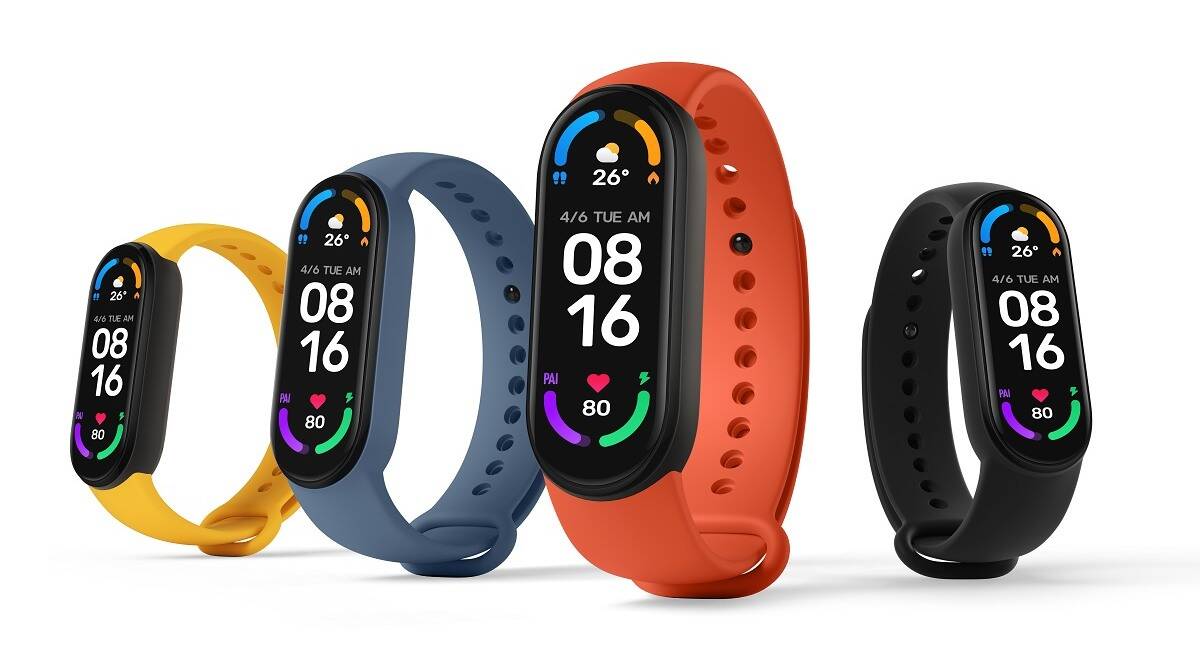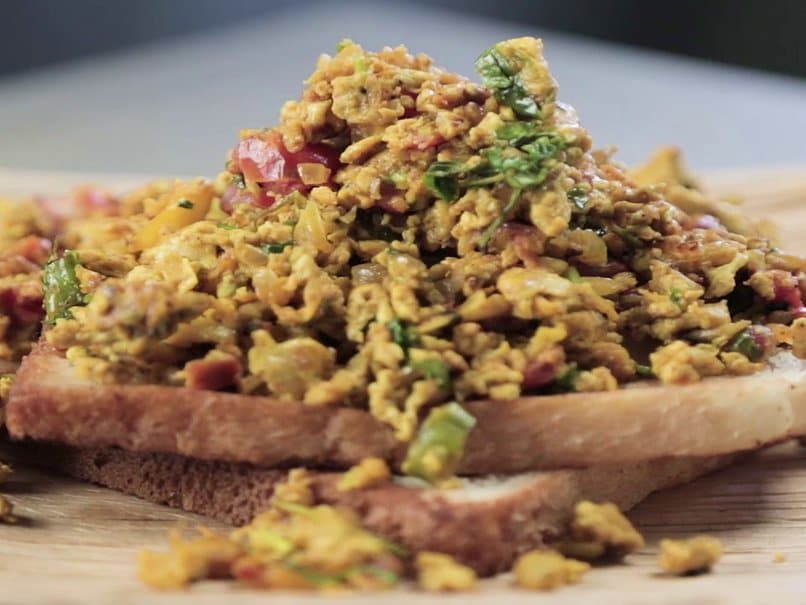“STUBBORN” is the word that Limerick-born Aoife Willis uses to describe her approach to living with type 1 diabetes.
As the Aoife story shows, diabetes is a condition that can be well managed with the right help, knowledge, and support. While she was determined not to let herself slow down, living with diabetes was not without its challenges.
Fortunately, a health technology has emerged to help her deal with the disease and she is now more confident than ever.
Aoife was born and raised in Limerick City. She was a sporty teenager: “I had a particular passion for rowing, but I was also an avid runner. I trained six or seven days a week, always had a healthy and balanced diet and was in the ideal weight range. “
In all respects, Aoife was at the peak of her physical condition when she faced a major challenge at the age of 20.
Seven years ago, Aoife began a traditional rite of passage and spent a summer in Boston. At the end of summer, she and her boyfriend set off on the road of a lifetime – a road trip through the northeastern United States.
The trip led to Washington DC, New York and Niagara Falls.
“During the trip I knew I was drinking a lot of water, but I put it down to the heat. I thought I was just being careful to avoid dehydration. “
But there were other symptoms too, Aoife knew she was losing weight and began to tell by how she looked. However, not feeling particularly uncomfortable, she decided to wait until she got home before going to her family doctor.
“I arrived at Shannon Airport at 6:30 am and came home for a big Irish fries before going to sleep.” This was the first time Aoife had eaten a large meal in weeks and the first time she had properly rested.
“When I woke up, I was extremely uncomfortable. I thought it was just a stomach bug that ate such a heavy meal the day before. Finally, my parents convinced me that I had to go to A&E. “
In the hospital, Aoife was diagnosed with ketoacidosis, a dangerous build-up of fatty acids in the blood caused by insufficient insulin. She was admitted to the hospital, where she stayed for almost a week.
Aoife was doing so badly that she couldn’t remember the first time she learned she was diagnosed with type 1 diabetes. Diabetes is a chronic condition that occurs when blood sugar is too high.
Blood sugar is the body’s main source of energy and comes from the food we eat. Insulin, a hormone found in the pancreas, helps glucose from food to get into our cells for energy.
When the body cannot use insulin well, or in Aoife’s case, does not make insulin at all, too much glucose stays in the blood, which can lead to serious long-term health problems.
During a follow-up appointment the next week, Aoife was told by health workers that she would not be able to row for a while. “I didn’t want it to affect my rowing and I was persistent, I went back to training that evening.
“I thought I could do it, especially when I won the Irish National Rowing Championships less than a year later. In retrospect, I find that what I was doing was not sustainable or healthy in the long run.”
Aoife now realizes that despite her athletic success, she needed time to understand her condition. “I let myself go up in the hours before training, thinking the exercise would get my blood sugar levels back within reach.
“This is not a healthy way to manage diabetes. I was very new to diabetes and had a lot to learn and the support system that I needed.”
While the physical aspects of the condition were challenging, there was a more frustrating one
practical that also affected them. “For me, the biggest thing was to carry all the equipment I need. How do I get this on a boat? How do I get this to work? “
As a result of these challenges, Aoife dropped out of the running habit. “I’ve lost my confidence,” she explains.
“I didn’t know how to do a long distance run. Testing the blood sugar level with the traditional fingerprint device is not easy during a run, and it is also difficult to identify the symptoms of low blood sugar level. “
Then a friend and follower introduced Aoife to the FreeStyle Libre Flash glucose monitoring system.
Abbott’s FreeStyle Libre System allows diabetics to monitor their glucose levels anywhere, anytime by wearing a sensor on the back of their upper arm, eliminating the need for routine fingerprints.
“The FreeStyle Libre system made me feel a lot safer,” said Aoife.
“I started doing it in February last year and haven’t looked back. I can check while running and have confidence thanks to the graphics and trends. I know exactly what is happening to my glucose levels. “
Aoife has since returned to running and is now running longer distances than ever before. She ran a 16km run for the first time but didn’t stop there and recently completed her first half marathon (21km).
“Good diabetes management depends on what knowledge you have access to,” explains Aoife. “The FreeStyle Libre system gives me so much additional knowledge and insight into my diabetes management.
“If I now challenge myself to reach an athletic milestone, I can be much healthier, which is safer for my long-term health.”
In addition to training, Aoife has experienced other benefits of the FreeStyle Libre system. Aoife has experienced a number of night lows and found that the insights from the system’s glucose reports helped her better manage her stats while she was sleeping.
“Because of the graphs and the ability to see data for the last 8 hours, I can see how my sugar is reacting when I am asleep. I’ve been able to change my insulin and eating habits so that night lows that wake me up and disrupt my sleep are far less common.
Likewise, I don’t wake up with super high sugars that make me dizzy even after a “perfect” night’s sleep.
“Even if a low wakes me up at night, the system is so simple and easy to use that I don’t even have to take my head off the pillow when my reader is within reach †. This makes it so much easier to get back to sleep.
“The FreeStyle Libre system and the confidence that comes with it provide tremendous mental support,” says Aoife, who believes that patient support in Ireland could be better. “It’s also discreet because I can check my glucose levels with my phone or reader, even through my clothes.
“This has also made it easier to talk to coworkers, friends, or family because people really don’t know what you’re doing and aren’t as afraid to ask about it. It sparked conversations that people around me around have helped understand diabetes better. “
Aoife believes that the FreeStyle Libre system should be free to anyone who needs it. Although many Irish patients are partially made in Ireland and used by more than 2 million people with diabetes1 in 50 countries, they cannot access this life changing technology as Ireland is the only country in the world that reimburses the system for prescription only patients before the age of 21.
“I was thrilled when I first got the FreeStyle Libre system. I was lucky to have a job and job security meant I could pay for it. “
Unfortunately for the friend who first recommended the device to Aoife, she had to return to fingerprint testing for a spell.
For Aoife, who hated carrying gear everywhere, she says it’s now “a pleasure to be able to walk around without a bag on her back and just a phone in her pocket”.
The FreeStyle Libre System takes the strain off life with diabetes. I can now plan what I need and when I need it. “
– Aoife Willis is a retired Irish rowing champion, amateur runner and FreeStyle Libre ambassador









